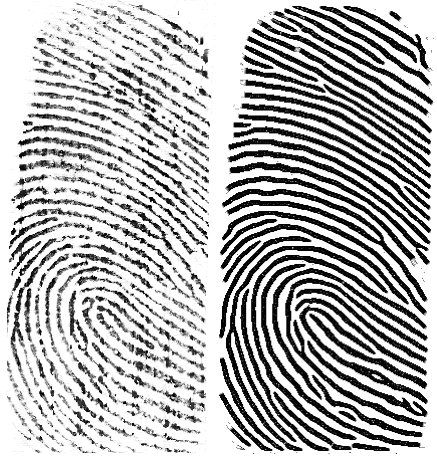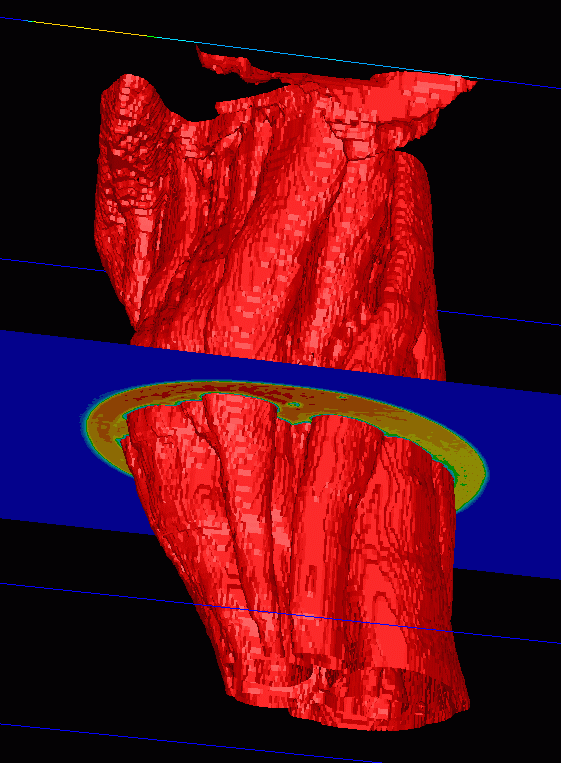Variational and PDE-based Image Processing
In a collaboration between the department for Applied Mathematics and the department for Optical measurement systems and Data analysis, SINTEF is in a strong position to further develop and make use of these methods for specific application needs.
Variational and PDE based image processing is different from conventional image processing in that the processing is formulated as a diffusion process (filtering) or an optimization problem (segmentation and registration) that both can be solved with PDE techniques. Thus, both the objective of the processing as well as the processing itself can be formulated differently, giving new possibilities to obtain the desired end result.
Some important possibilities are:
- Anisotropic filtering. These are filtering techniques where the filtering is guided by the local structures in the image. One typical case is that you want to smooth an image to reduce random noise, while you want to preserve edges as sharp and unmodified as possible. See the seismic processing image for an example. Another example is fingerprint enhancement where you smooth the image along the direction of the texture in the image, while the edges are sharpened in the other direction, giving a high contrast image of the fingerprint.
- Image segmentation. In unsupervised image segmentation the target is to identify different distinguishable regions in the image based on color, texture and edges. Such a segmentation can be formulated as an optimization problem where the objective function measures the probability that the different regions of a given segmentation represents different types of surfaces at the same time as each region represent on type of surface only. At the same time the objective function can emphasize simple or desired region geometries to avoid noisy and complex segmentations. See also the AIM@SHAPE project “Body tissue segmentation from 3D MRI/CT images”.
- Image registration. In image registration the target is to make two images of the same object match in geometry by sliding and deforming one image over the other for optimal match. A typical example is to align different medical images, such as MR, CT and ultrasound images. Different objective functions can be formulated that for instance allows totally different contrast levels in the different images, as is often the case in medical images.
- Implicit representation by level sets. The output from a segmentation task is 2D or 3D regions of a general shape. These objects need to be represented in a way that allows simple analysis and manipulation, both as part of the segmentation process itself and in a post processing or interactive visualization and editing. The level set formulation uses an implicit representation of the geometries that have proven to be very efficient for use in the segmentation algorithms as well as for manual visualization and editing. In particular are topology changes that causes a lot of trouble in explicit representations solved effortlessly in an implicit representation.
Contact persons:
Knut-Andreas Lie , Applied Mathematics
 |
| A slice through of a 3D seismic attribute cube, before (a) and after anisotropic PDE filtering (b). The lines are geological faults and the filtering simplifies a following mapping of the fault. |
A fingerprint before and after applying an anisotropic shock filter.
A section of a 3D segmentation of different tissues in the leg from an MR image. A development done by SINTEF within AIM@SHAPE.
来源:http://www.sintef.no/pde
























 2048
2048











 被折叠的 条评论
为什么被折叠?
被折叠的 条评论
为什么被折叠?








